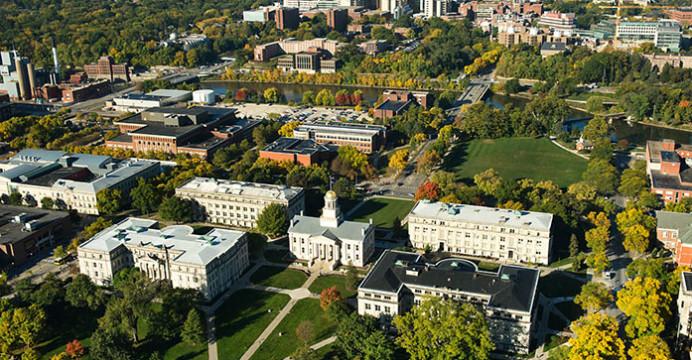The Johnson County minimum-wage mandate has proven to be a point of contention for low-wage employees and small-business owners since its implementation. The county felt the first wave on the Nov. 1 with the initial hike from the federal minimum of $7.25 to $8.25. The next increment is set for $9.15, in May, and it will eventually reach the final minimum wage of $10.10 on Jan. 1, 2017.
On the heels of other labor news in the state, a discussion of the wage seems prudent. The U.S. Department of Labor found a handful of Ames restaurants to owe roughly $100,000 in back wages to 158 food workers in the area after an investigation that began in 2014. The department has stated it plans on taking the same scrutinizing look in the Iowa City area, though concrete plans concerning dates have yet to be reported.
Given the labor climate of Iowa City, the timing couldn’t be better. A wage mandate passed during the initial Ames-based investigation, and an Iowa City investigation could potentially coincide with the more burdensome projected wage hikes.
Low-wage food workers of the Iowa City ought to welcome the proposed Labor Department initiative, as restaurants around town have used tipped-wage loopholes to sidestep the legal minimum-wage increases.
According to the Labor Department, any workers in the state of Iowa can be considered “tipped employees” if they earn $30 or more a month. This means something as unassuming as a tip jar could have food workers in the county falling under the definition, which would change the legal minimum wage for them to that of a server, allowing employers to simply ignore the minimum-wage increase and proclaim their employees as “tipped employees.”
The University of Iowa has also been grappling with the economic ripples as a result of the wage increase. According to the Gazette, it will cost the UI $750,000 more in salary expenses. This has pushed the state Board of Regents to seek approval for a 2.9 percent increase in its residence hall and meal plan offered to students. Furthermore, in an attempt to remain competitive with jobs offered outside of the university, it plans on offering the wage for student positions to begin just above the county minimum, eventually culminating to a starting wage of $10.15 an hour in January 2017.
The logic involved with the room and board cost hike seems to be circular. The wage increase is ideally supposed to alleviate the stress of low-wage food workers, an industry dominated by students, in a county with the densest student population in the state.
The idea of burdening those students with a heftier university price tag to offset the cost of paying those students a manageable wage is nothing short of a paradox. The price of college increases to offset the effects a wage increase meant to aid students with the already steep cost of higher education.
The potential room and board hike is essentially in the same vein as the “tipped employee” loophole exploited by some local restaurants. So in the end, how much change is this wage increase really facilitating?



